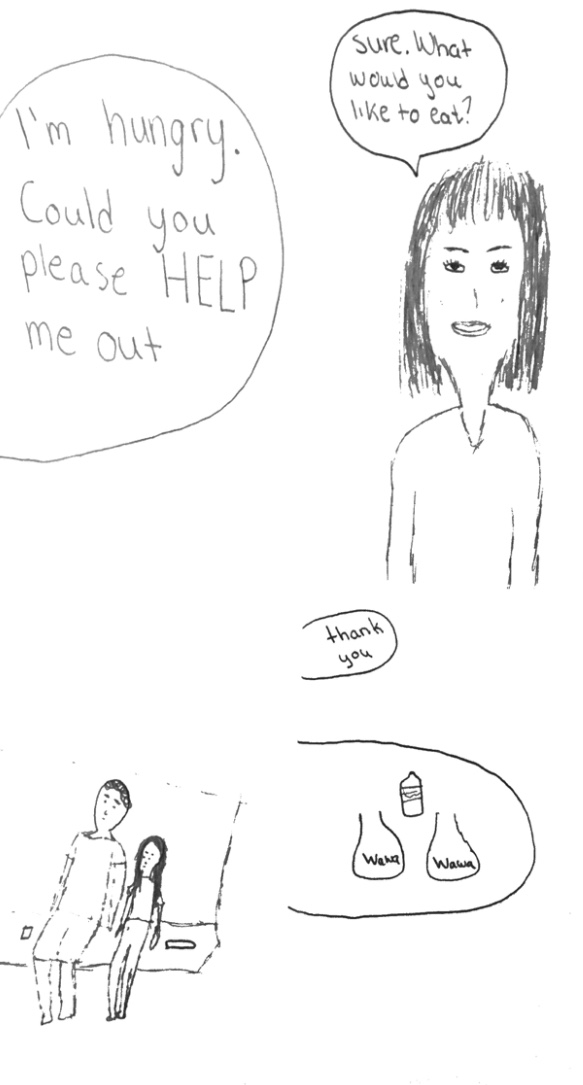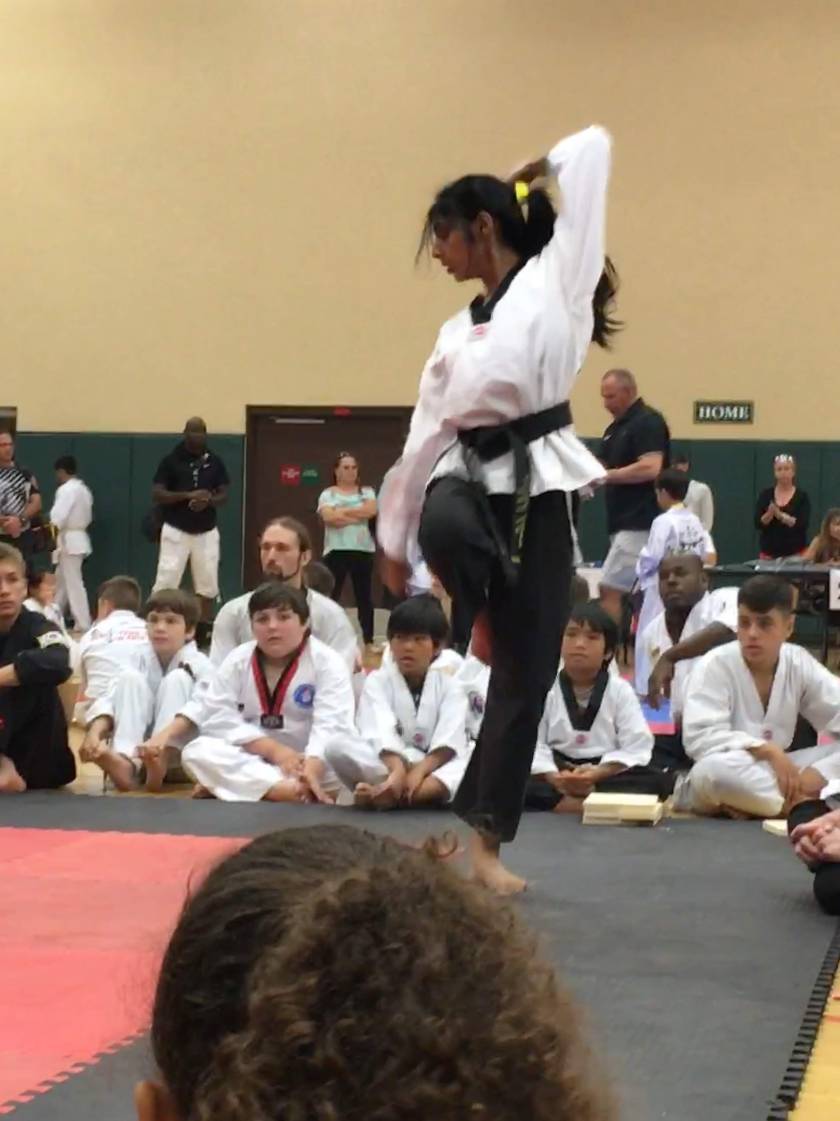Author: Shivani
Final Literacy Narrative Reflection
This week I submitted my final Literacy Narrative in which I discussed key experiences in my life that shaped the way I read and I write. This is a reflection on that assignment.
- How has the entire literacy narrative project helped you to meet the Learning Outcomes for this class?
- Rhetorical Composition:
- Through preparing a literacy narrative in multiple forms of writing (alphabetic text and comic form), I was able to better understand how to express myself in a way that is clear to my audience. In each step of the literacy narrative, I grew more and more focused. In part 1, I wrote about 4 or 5 different events, in part 2, I depicted only 3 major events, and in part 3 I spent time delving into 2 major events in order to form a coherent argument.
- Critical Thinking and Reading Resulting in Writing
- After creating part 2 of this assignment, I had the unique opportunity to receive feedback from my peers in class. I incorporated many of their suggestions into my revision while maintaining my original thought.
- Writing as Process
- In many of my high school classes, I would work on class essays in one format. Although I would spend a lot of time on them, I now feel that I could improve upon them. That is because this class has taught me the importance of writing in different forms. Turning the literacy narrative into a comic before my writing my final version helped me think in ways that I otherwise would not have. Turning my alphabetic text into a comic helped me identify the most important parts of the story and explain what I previously did not realize that I needed to explain.
- Visual Thinking
- I enjoyed assembling my own visual representation of my literacy narrative for part 2 of the assignment. It was interesting to already have an alphabetic version of the comic prepared before creating it. I was surprised by how different my visual representation was from my alphabetic text.
- How was it to return to the alphabetic literacy narrative after having created your comic? How did you think differently after having worked in the visual medium and now returning to a text narrative?
- After working in the digital medium, I gained a greater sense of what the importance of my story is. Once I realized that it was ok to stray away from explaining events in depth and instead focusing on how the events affected me, my literacy narrative improved significantly. Turning this essay into a comic allowed me to see what my reader would be imagining and helped me create a more compelling story.
- How do you see the story you are trying to tell in different terms now? Was your analytical thinking process any different?3.
- The story began as a journey through all of my experiences as a reader and writer. In a sense, it was a written-out version of a timeline. After turning it into a comic, it became more of a bildungsroman focused on one main event and the aftermath of that event.
Feeding the Homeless





Reflection
This was an experience that I had less than a week before creating my comic. I had been very conflicted after this experience and wanted to reveal the story in a visual way. I had told this story to a few of my friends then realized that it would be a great idea to make my comic about this. Before drawing the comic, I made a rough draft. I drew out the panels for the first three pages. I had a lot of difficulty deciding what to do with the fourth page of this comic, so I started with the fifth page. For the fifth page, I wrote out a brief description of what I wanted to do with each panel. Then, after much deliberation, I decided to utilize the fourth page as a way to express my conflicted feelings rather than simply depicting the events exactly as they happened.
Literacy Narrative Reflection
This week I submitted my final Literacy Narrative comic. Last week, during peer review, I received comments telling me to focus more on the dichotomy between Math and English. As a result, I changed my final page to include an award in English, revealing how I overcame my struggles in English class. I also received feedback telling me to utilize the frames to depict sudden changes in mood and tone. As a result I included panels that were zoomed in on characters faces.
How Healthy Am I?
Variables
- How many people do I talk to?
- How many calories do I consume?
- How much do I sleep?
- How many times do I leave my room?
Hypotheses:
- Talking to at least 4 people per day is a healthy behavior for me
- Consuming at least 1200 calories a day is healthy for me
- Sleeping at least 8 hours each night is healthy for me
- Leaving my room at least 4 times a day is healthy for me
These hypotheses were created through prior observation. My overall health is based on how social I am, how hungry I am, how tired I am, and how active I am. It has been observed that the levels of these four variables, stated in the hypotheses, are the minimum levels required for optimum health. No differences were observed when I achieved numbers higher than these minimums, but negative consequences were observed when I had levels lower than these minimums.
Raw Data Table:

Conclusion:
Based on the data, it can be concluded that I am not a healthy person since I failed to meet the targets for all 4 variables (based on average values). A further study could repeat this method and test the effect that my awareness of my failure to meet the minimum levels has on my health in a different week.







